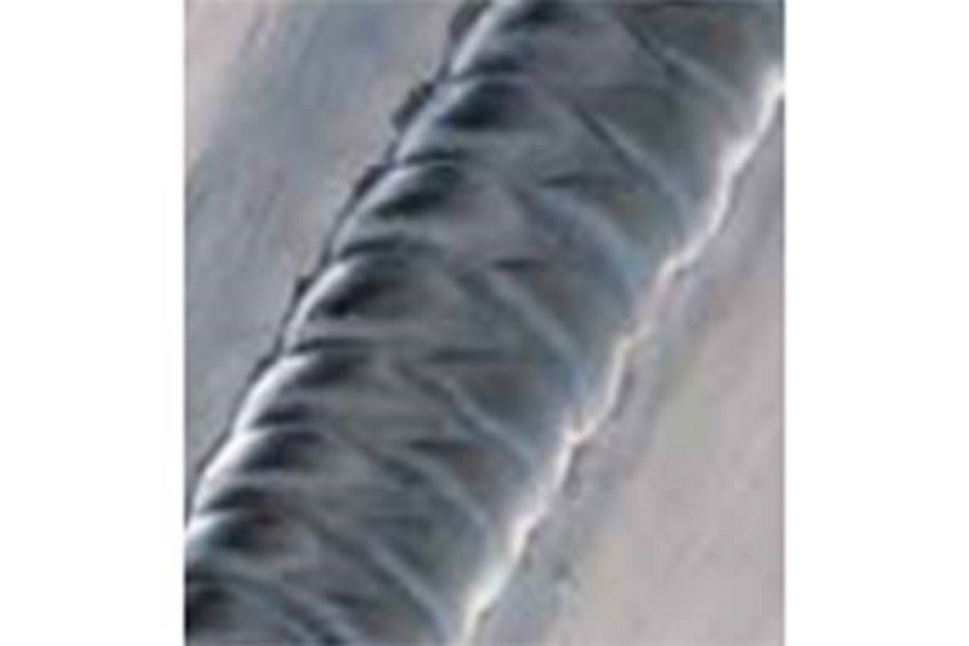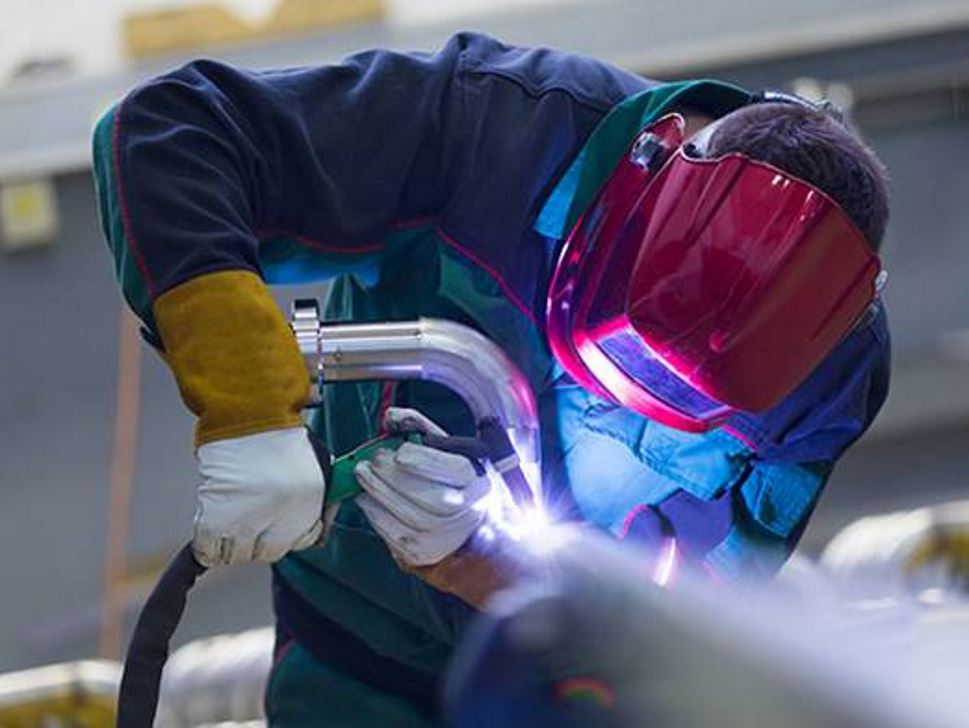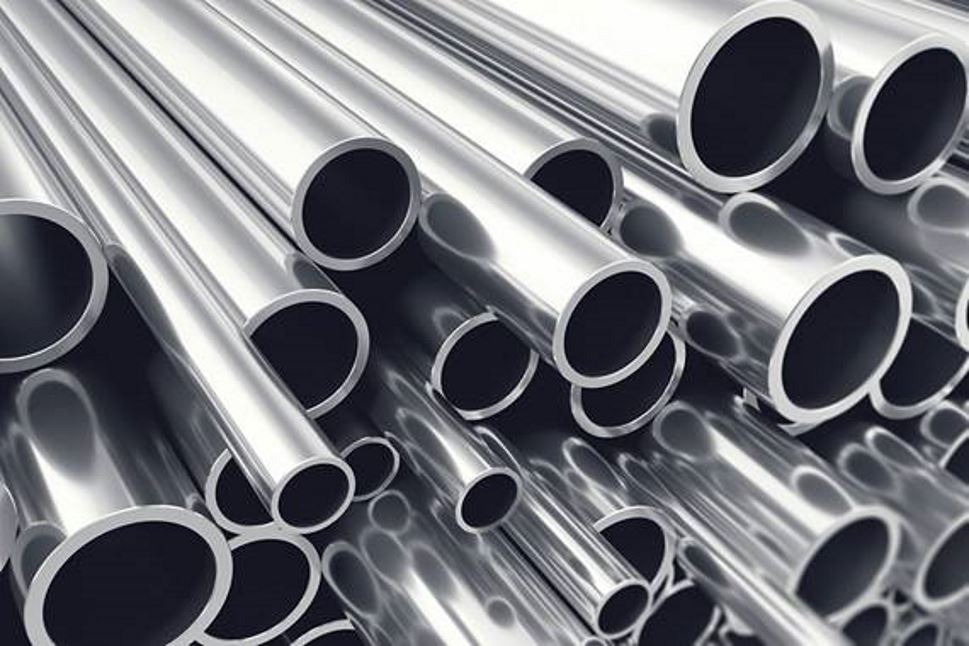See for yourself
Book a FREE on site demonstration

There are some core materials required to MIG weld – welding machine, filler wire, welding gas and PPE. There are also some core safety rules that need to be observed and surface preparation required before welding can commence.
Welding aluminium can be a challenge as high thermal conductivity and the low melting point of aluminium and its alloys increase the risk of burn-through. Preparation of the base metal is particularly important when welding aluminium and its alloys; pre-heating can also help to prevent cracking. In terms of welding technique, pushing is often preferred to optimise weld quality and travel speeds need to be “hot and fast” to avoid the aforementioned risk of burn-through. Lastly, it is important to manage the aluminium filler wire as it can be difficult to feed through and it is advisable to melt the filler wire at the same temperature as the base material.

Preventing porosity when welding aluminium
Alumaxx® Plus gas is the one gas that does it all for aluminium welding. A multipurpose welding gas, it is specially designed for MIG and TIG welding aluminium and its alloys across all material thickness with visible benefits.

One of the advantages of TIG welding is that it allows you to weld a wide range of materials. Modern power sources combine constant current and constant voltage characteristics and deliver excellent arc stability. Machines ranging from 5A (micro-TIG) to over 500A are available.
In manual welding the operator points the electrode in the direction of welding and uses the arc to melt the metal at the joint. Arc length is controlled by the welder and is usually between 2mm and 5mm. Note - preparation of the base metal is particularly important when welding aluminium and its alloys; pre-heating can also help to prevent cracking
Filler metal is added to the leading edge of the weld pool and it is advisable to melt the filler wire at the same temperature as the base metal when TIG welding aluminium/aluminium alloys.
Travel speed is adjusted to match the time needed to melt the joint and keep a constant weld pool size. To avoid burn-through when welding aluminium travel speeds need to be relatively fast.
Alumaxx® Plus is the one gas that does it all for aluminium welding. A multipurpose welding gas, it is specially designed for MIG and TIG welding aluminium and its alloys across all material thicknesses with clear visible benefits.
Book a FREE on site demonstration